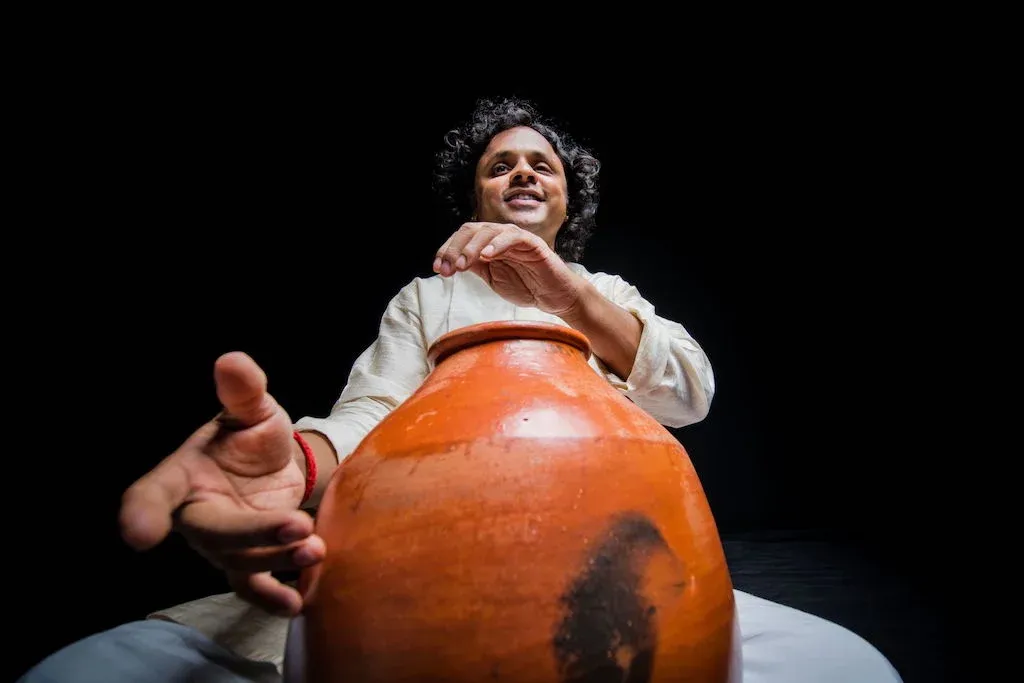Tracing the Evolution of Solkattu in Carnatic Percussion

Solkattu, the intricate system of vocalized rhythmic patterns, is a cornerstone of Carnatic percussion. Integral to the training and performance of South Indian classical music, solkattu is not only a method for teaching rhythm but also an art form in its own right. Its evolution traces back centuries and reflects the rich cultural and musical history of South India. This exploration delves into the origins, development, and contemporary relevance of solkattu, highlighting its pivotal role in Carnatic percussion.
Origins of Solkattu
The origins of solkattu are deeply embedded in the ancient musical traditions of South India. Its roots can be traced back to the Vedic period, where chanting and rhythmic patterns were essential components of religious and ceremonial practices. Over time, these practices evolved into more structured forms of music and dance, laying the groundwork for the solkattu tradition.
- Vedic Chants: The rhythmic chanting of Vedic hymns (mantras) used syllables that bore a resemblance to the solkattu syllables used today. These chants emphasized precise timing and rhythm, elements crucial to the development of solkattu.
- Natya Shastra: The ancient treatise on performing arts, the Natya Shastra (circa 200 BCE to 200 CE), written by Bharata Muni, provided detailed guidelines on music, dance, and drama. It outlined various rhythmic patterns (tala) and syllables (sol) that formed the basis for later developments in solkattu.
- Devadasi Tradition: The devadasi tradition, where women were dedicated to temple service and performed dance and music, also played a significant role in the evolution of rhythmic patterns and solkattu. The intricate rhythms used in temple rituals and performances were foundational to the development of solkattu in Carnatic music.
Development of Solkattu
The formalization of solkattu as a pedagogical and performance tool took shape during the medieval period. This era saw the consolidation of Carnatic music theory and practice, with an emphasis on structured rhythmic patterns and their vocalization.
- Thanjavur and the Musical Renaissance: The Thanjavur region in Tamil Nadu emerged as a major cultural and musical hub during the reign of the Nayak and Maratha dynasties (16th to 18th centuries). The royal patronage provided to musicians and dancers led to significant advancements in the codification of rhythmic patterns and the solkattu system.
- Trinity of Carnatic Music: The contributions of the Trinity of Carnatic music—Tyagaraja, Muthuswami Dikshitar, and Syama Sastri—were pivotal in shaping the modern form of Carnatic music. While primarily composers, their works influenced rhythmic structures and the use of solkattu in compositions and performances.
- Guru-Shishya Parampara: The traditional system of teacher-disciple transmission (guru-shishya parampara) was crucial for the preservation and propagation of solkattu. Gurus imparted intricate rhythmic patterns and solkattu techniques orally, ensuring the continuity and evolution of this art form across generations.
Components and Techniques of Solkattu
Solkattu consists of vocalized syllables that represent specific drum strokes and rhythmic patterns. These syllables are used for teaching, practicing, and performing complex rhythmic compositions.
- Basic Syllables: The fundamental syllables in solkattu include “ta,” “dhi,” “tom,” “na,” “tham,” “dhin,” and “kit.” Each syllable corresponds to a specific stroke on the mridangam (the primary percussion instrument in Carnatic music).
- Rhythmic Patterns: These syllables are combined to form rhythmic patterns (korvais), which can be simple or highly intricate. Korvais are used to teach students the various talas (rhythmic cycles) and their subdivisions.
- Konnakol: Konnakol is the vocal performance of solkattu. It is an advanced practice where artists perform rhythmic compositions vocally, often in concert settings. Konnakol showcases the artist’s rhythmic prowess and understanding of complex patterns.
- Adavus: In Bharatanatyam, the classical dance form of South India, adavus (basic steps) are taught using solkattu. Each step is synchronized with specific solkattu patterns, integrating rhythm and movement.
Evolution and Modern Usage
Solkattu has continued to evolve, adapting to contemporary contexts while retaining its traditional essence. Its applications have expanded beyond classical music and dance into various modern and experimental genres.
- Integration with Modern Music: Solkattu has found its way into fusion music, where artists blend Carnatic rhythms with Western and other musical traditions. This cross-genre experimentation has brought solkattu to a global audience, showcasing its versatility and richness.
- Education and Pedagogy: The teaching methods for solkattu have been modernized, with numerous institutions and online platforms offering structured courses. The use of technology has made solkattu more accessible, allowing a broader range of students to learn and appreciate this art form.
- International Collaborations: Indian percussionists proficient in solkattu have collaborated with musicians worldwide, bringing this rhythmic tradition to international stages. These collaborations have not only popularized solkattu but also enriched global musical dialogues.
- Innovative Performances: Contemporary artists continue to innovate within the solkattu tradition, creating new patterns and compositions. Performances often feature solkattu as a solo art form, highlighting its complexity and the artist’s mastery.
Conclusion
The evolution of solkattu in Carnatic percussion is a testament to the rich and dynamic history of South Indian classical music. From its ancient roots in Vedic chants and temple rituals to its modern adaptations in global music scenes, solkattu has remained a vital and vibrant component of rhythm in Carnatic music. Its role in education, performance, and cultural exchange continues to grow, ensuring that this unique rhythmic language thrives in both traditional and contemporary contexts. Through solkattu, the timeless essence of Carnatic percussion is preserved and celebrated, connecting generations of musicians and audiences to a profound rhythmic tradition.





